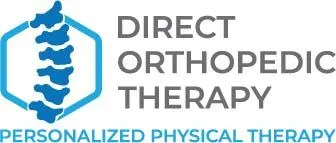Physical therapists sometimes use blood flow restriction training, a strengthening technique, to increase muscle strength following injury or surgery. This is achieved by reducing blood flow to the muscles and performing low-level exercise so that the muscles can achieve the benefits of high-level training.
This is a good option for situations where high training loads aren’t possible, such as after surgery or when there is significant muscle loss. Low-intensity exercise helps build strength, which can be gained through high-intensity workouts.
How to do it
These steps will help you perform blood flow restriction training
- To strengthen your muscles, wrap the cuff around them
- Then, pump the cuff until it reaches the desired pressure
- Most often, the pressure is 180mm Hg or multiplied by 1.5 times your resting Systolic Pressure
- Strengthen the muscles that need to be contracted
- If you want to strengthen quadriceps muscles, wrap the cuff around your leg and do a short Arc quad.
- This contraction should be held for five seconds
- The contraction was released
- This training can be repeated 15 to 20 more times
Each repetition may be preceded by a 30-second rest
This training is low in intensity, but high repetitions. Usually, there are two to three sets of 15-20 repetitions per session.
After you have completed the exercises, remove the cuff and let the blood flow return to normal. Because of blood restrictions, your muscles may feel reddened or tightened after you have trained.
Conditions to be considered
It is a form of physical therapy used to treat muscle disorders after injury or illness. If you have weakness in your muscles, blood flow restriction training may help strengthen them.
- Muscle strains and muscle sprains
- Muscle weakness
- Surgery on the hip, knee, and ankle, as well as any injury to the musculoskeletal systems where there is weakness
- Lower extremity or upper extremity surgery.
- After upper or lower extremity bone fracture
- Muscle weakness is a sign of neurological conditions
- Any condition that can cause weakness in the muscles. We can’t do high-intensity exercise to heal this weakness
This passive mode of treatment is used by physical therapists to help patients who are unable to perform high-intensity exercise and have no other options for building muscle strength


